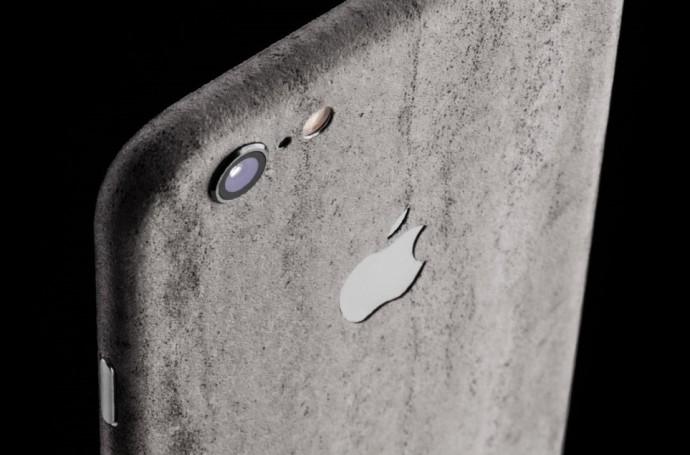
How often do you need to upgrade your mobile phone, laptop, or any tech device that you might own? It might seem to be necessary for quicker over the past few years as more companies are adopting a planned obsolescence policy.
What planned obsolescence entails is the business strategy that companies implement into their devices which causes them to slow down drastically or stop working after a specified amount of time.
Normally companies implement planned obsolescence to get consumers to dump older versions of their products in favour of newer ones releasing.
These companies either design their products to only last for a certain amount of time (normally 2-3 years) or they periodically slow down their devices by releasing updates to the phones as newer devices are released.
These strategies are used to make older products obsolete faster by making them unusable or unfashionable.
The result of planned obsolescence strategies is an increase in global electronic waste, environmental threats, and the yearly increase in the price of electronics.
What to do When Your Device Slows Down
-
Repair Where Possible
Another strategy used by companies who implement planned obsolescence policies is that parts for their devices are either notoriously difficult to source or are extremely overpriced. As such, many of the devices we now buy are designed to keep us out.
However, not all gadgets are too difficult or expensive to fix, and there are many different websites that can help you with your repair job if you look hard enough. There are many legal movements springing up around the world advocating for our right to repair and you shouldn’t need to use all your Lucky Creek Casino bonus codes winnings to pay for new tech.
-
Use Free Open Source Software
Planned obsolescence does not only occur in the realm of hardware and physical devices but for apps and software too. When a developer decides that they will no longer support or work on the software they have developed, that most likely means that the app will begin its shutdown process.
Unless the code for that above-mentioned software is open source and free it will most likely be locked away forever, with no possibility of fixing and continually working on it yourself.
If you make use of free and open source software however then the source code will be available to the general public to fix and make necessary changes.
People can fix, make additions or remove pesky parts of an app and reupload it for download, meaning that the software will never have an expiration date, so long as people are interested in keeping it alive.
-
Avoid the Latest Tech Trends
Many companies implement planned obsolescence strategies in order to lock us into their ever-evolving tech ecosystem whereby they release a new device every few years and we have no choice but to buy the gadget.
However, the only way to truly break this cycle is if we all, as a whole, decide to no longer buy the newer pieces of tech and support companies that do not implement these types of strategies.


